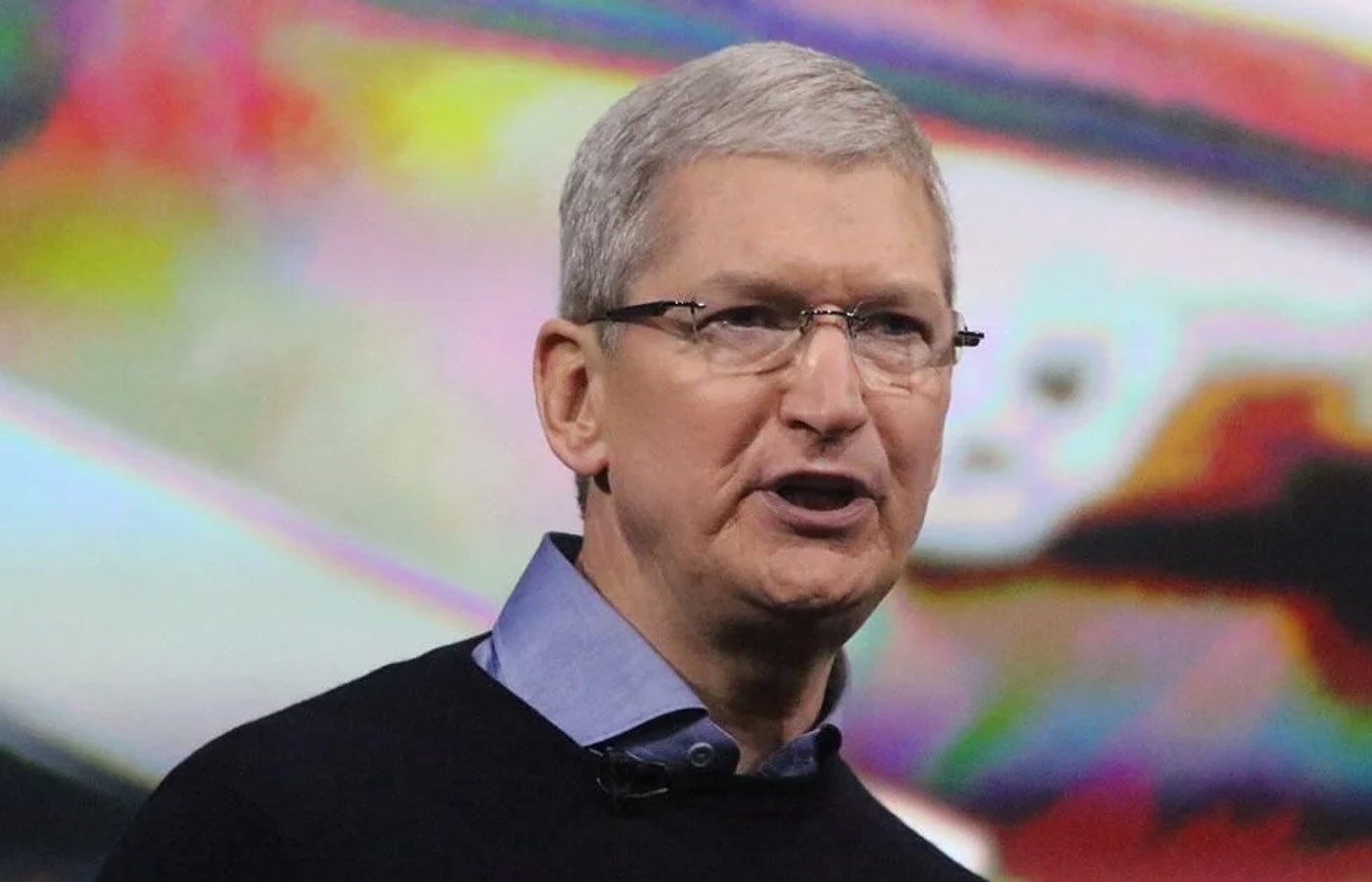
iPhone 17 Air Rumours: Price, Width, Battery Life of Apple’s Thinnest Ever Smartphone
- 17.03.2025 00:00
- techrepublic.com
- Keywords: Apple, iPhone 17 Air, Mark Gurman, Bloomberg, Google Pixel, Apple Watch, iPhone 16 Pro, iPhone 16 Plus, iPhone 16e, USB-C, Lightning, European Union, e-waste, Market Fragmentation
The iPhone 17 Air is Apple’s thinnest smartphone, priced at approximately $900, offering similar battery life to current models despite a smaller battery. It replaces the Plus model but retains USB-C charging due to European regulations, with details expected in September.